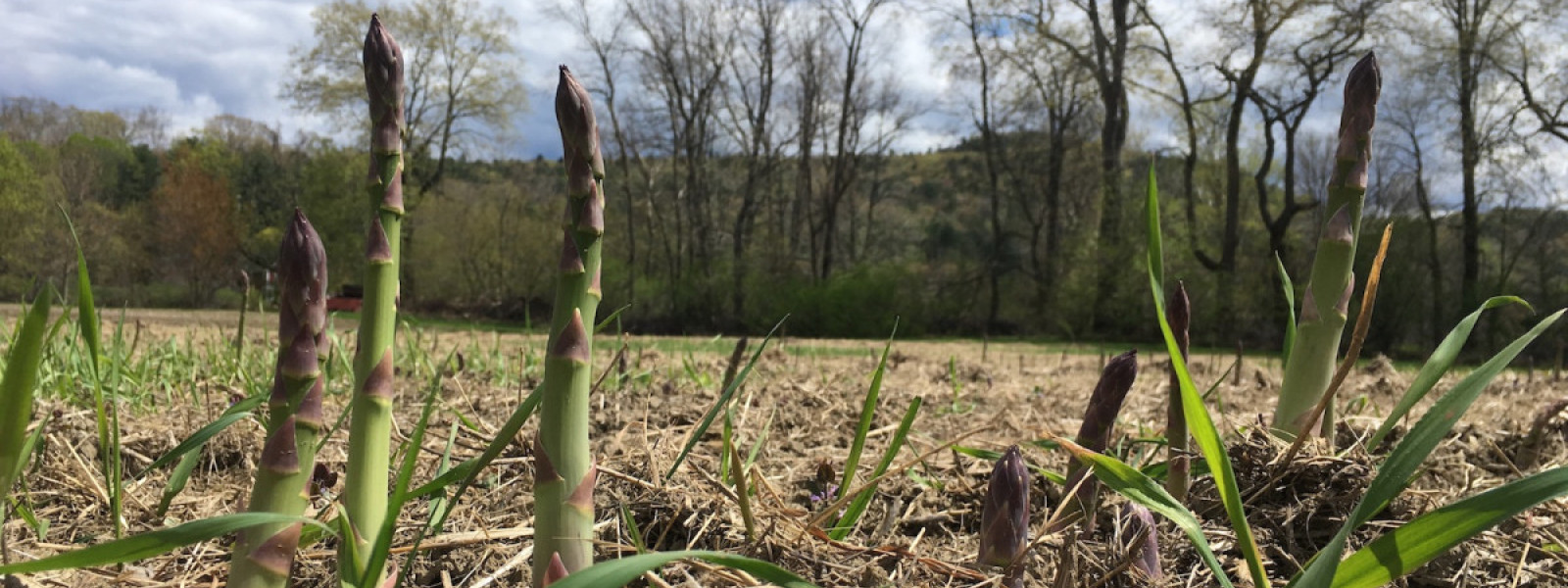Asparagus: All About It
Along with rhubarb and artichokes, asparagus is one of three common perennial vegetables grown in North America. It’s a true harbinger of spring, as it is often one of the first vegetables harvested. Thick or thin spears of this tender plant have been enjoyed by humans for thousands of years.
CULINARY TIPS
The diameter of an asparagus spear depends on the age and variety of the plant, but all spears should be tender and mild in flavor. Asparagus can be eaten raw, steamed, blanched, grilled, roasted, sautéed, or pickled. It’s very low in calories, but high in fiber and a good source of many vitamins (including C & E) and minerals.
The bottom of the spears can be quite tough, so be sure to snap off or peel the woody ends before preparing.
HOW TO STORE IT
Asparagus will last for several days in your refrigerator. Trim the ends and stand it upright in a jar with 2 inches of water. Refresh the water every day or two. They can also be wrapped in damp paper towels, and put in a plastic bag in the refrigerator.
3 WAYS TO PREPARE IT
- Blanch it! This method is especially good for thin asparagus. Fill a deep skillet with water, bring to a boil, add asparagus, let the water come back to a boil, turn down heat and simmer for 2-3 minutes until bright green and tender. Remove from water and drop in a bowl of ice water to stop the cooking process. Add blanched asparagus to salads, omelettes, etc.
- Grill it! Toss whole asparagus spears with olive oil, salt, and pepper. Lay them on the hot grill (a vegetable grill pan helps) and cook, turning frequently, till slight char marks appear. Depending on size, this will take 5-10 minutes. Be careful not to overcook them!
- Stir-fry it! Cut spears on a diagonal and stir-fry 5–7 minutes in a little oil. Add a clove or two of minced garlic, a dash of salt, and a pinch of red pepper flakes.

